How to Repair Windows 10 From USB [Complete Guide]
Discover how to repair Windows 10 from USB device to regain control over your computer's performance. Follow our expert guidance to resolve errors, crashes, and software glitches effectively. This comprehensive passage offers detailed instructions, tips, and insights on repairing Windows 10 from a USB drive. Gain the knowledge and tools to tackle common system problems for a smoother Windows 10 experience.
View the Necessary Information to Repair Windows 10 from USB:
| ⏱️Duration | 5-10minutes |
| 🎈Preparations |
✔️Prepare a USB drive and format it as FAT32 ✔️Download ISO file and burn it to USB ✔️Windows Installation tool - Qiling Disk Master |
| 👣Steps |
1️⃣Create the Windows 10 Bootable USB |
| 🧑💻Suitable Users | Easy steps, and it's suitable for all users |
Can I Repair Windows 10 from USB?
Yes, you can repair Windows 10 from USB. Windows provides many Windows boot repair tools such as Command Prompt, System Restore, and Startup Repair. If your computer is not booting, then you will not be able to use these tools. Therefore, you need to create Windows 10/11 installation USB media and repair Windows from USB.
The need for a Windows 10 repair boot USB arises when your system encounters crashes or fails to boot. By preparing a bootable drive in advance, you can troubleshoot and fix various issues impacting your operating system's functionality. Keep reading, continue to understand the entire process, and take extraordinary measures in advance to avoid any annoyance in the future. If you like this guide, click the buttons and share it with others.
How to Repair Windows 10 From USB?
With the significance of a Windows 10 repair boot USB in mind, let's explore the detailed process of repairing Windows 10 using a USB drive. This comprehensive guide will provide step-by-step instructions, ensuring a clear path towards repairing Windows 10 from USB. Repairing Windows 10 from USB consists of three processes:
1️⃣Create the Windows 10 Installation USB
2️⃣Boot Windows 10 PC from the Installation USB
3️⃣Choose the Suitable Tool to Repair Windows 10 From USB
This comprehensive guide will provide step-by-step instructions, ensuring a clear path towards repairing Windows 10 from USB.
Guide 1. Create the Windows 10 Bootable USB
Before we can repair Windows 10 from a USB drive, creating a bootable USB with the necessary Windows 10 installation files is essential. Follow these steps to make a Windows 10 bootable USB using Qiling Disk Master, a reliable and versatile partition manager tool. This tool allows you easily burn Windows 10 ISO to USB.
1. Prepare a USB drive with at least 8 GB of space and format USB to FAT32:
- Right-click on the Windows icon in the taskbar and select "Disk Management."
- Right-click on the target USB and click "Format."
- Follow the on-screen instructions to format the USB.
2. Go to the Windows 10 software download page and download the Windows ISO file.
- Open the download link: https://www.microsoft.com/en-ca/software-download/windows10
- Under Create Windows 10 installation media, choose Download tool now.
3. Burn Windows 10 ISO to USB using Qiling Disk Master
After you have downloaded the Windows ISO file, you need to burn it onto a USB drive with a professional tool. Qiling Disk Master provides the "Burn ISO" feature specially designed for creating Windows installation disks. With simple pages, even newcomers can operate it easily.
Step 1. Launch Qiling Disk Master and go to the Bootable Media section. Click "Burn ISO" and click "Next".
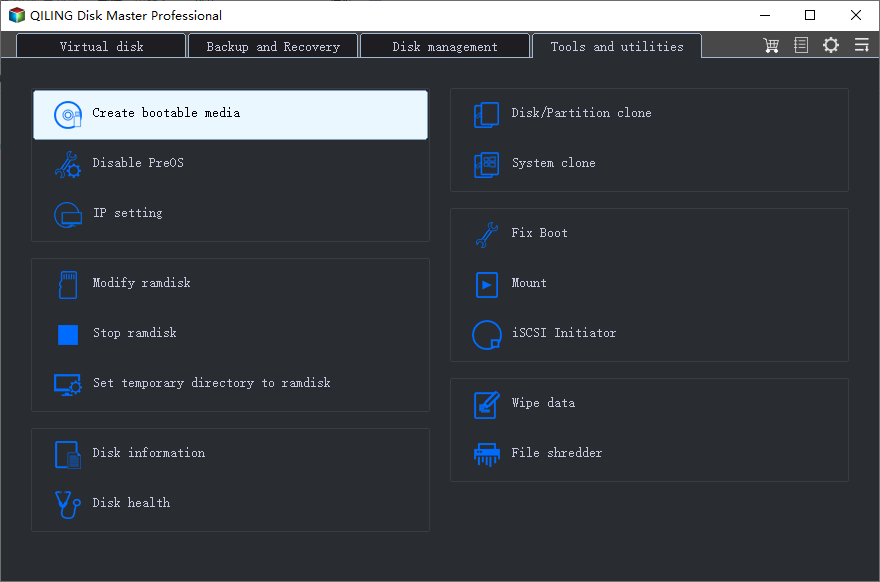
Step 2. Select the ISO image that you have downloaded on your PC, and click "Open".
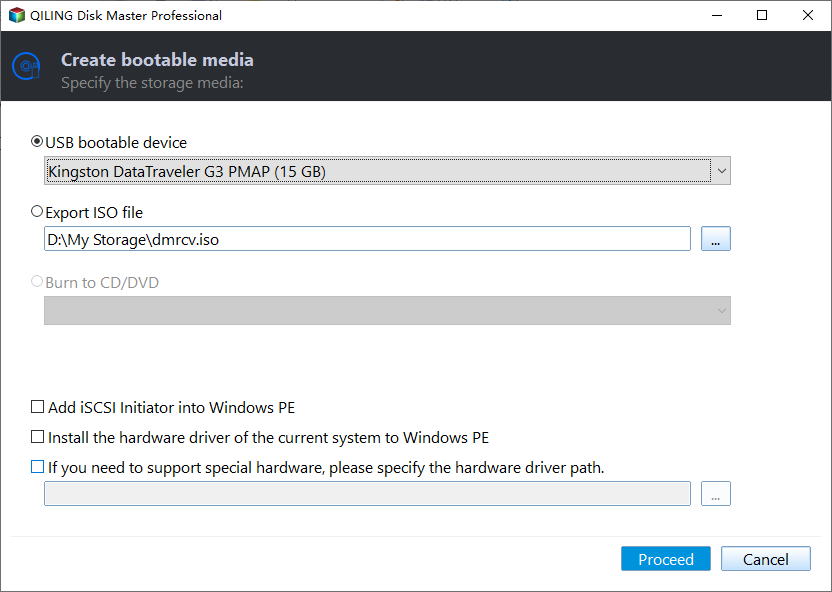
Step 3. Click "Next" and select the target USB as destination and click "Burn" to execute the operation.
As one of the best free ISO burners, you can also apply Qiling Disk Master to the following occasion:
Guide 2. Boot from the Installation USB
So, as you know, before starting to boot from the installation USB, we have to create the installation media by following the above guide 1, which will be read by your computer and used to boot up. After creating a bootable USB, you must change the BIOS boot drive. By performing this action, you will elevate the USB flash drive's position in the boot order priority list, resulting in your computer prioritizing the reading of files from it. As a result, your computer will load the installation media rather than the pre-existing system.
1. Change the Boot Order
Follow the steps to change the boot drive in BIOS before booting from the installation USB:
Step 1. Power on your computer and access the BIOS Setup by pressing ESC, F1, F2, F8, or F10 during startup.
Step 2. Navigate to the BOOT tab using the arrow keys in the BIOS Setup.
Step 3. Adjust the boot priority to make the USB drive the first device.
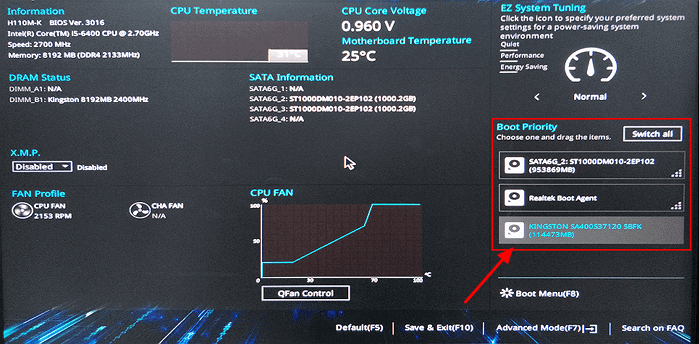
Step 4. Save the changes and exit the BIOS Setup.
Step 5. The computer will reboot using the new settings, booting from the USB drive.
Step 6. Stay alert for a prompt to press any key to boot from the external device, as you only have a few seconds to respond.
Changing the boot order is important when you want to boot from other external hard drives. You may also like the following topics:
2. Boot from the Installation USB
Following these steps, you can change the boot drive in the BIOS and boot from the installation USB. Now, it's time to learn how to boot from the installation USB, but we recommend if you have crucial data on your device, please try to create a backup to preserve your data and avoid data loss.
Follow the steps to boot from the installation USB:
Step 1. Connect your bootable USB to your PC/Laptop and power it on. You might receive a prompt to press a key to initiate the USB booting process.
Step 2. Select your preferred language, timezone, currency, and keyboard settings and click "Next."
Step 3. Click on "repair your computer" in the lower left corner and go to "Troubleshoot."
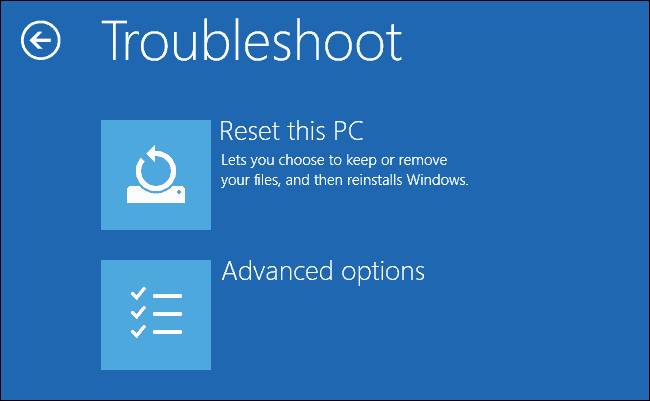
You will then be taken to the advanced options screen. In the advanced options screen, you will see different tools to help you repair Windows 10.
Guide 3. Choose the Suitable Tool to Repair Windows 10 From USB
When repairing Windows 10 from a USB drive, it's important to select the right tools to address the specific issues you're facing. Windows 10 offers various tools to repair your Windows 10 system from USB. Here are the steps to follow:
Step 1: Choose the Suitable Tool to Repair Windows 10.
Windows 10 provides several tools that can help in repairing your system. You can select the appropriate tool depending on the specific issue you're facing. Here are three common tools:

1. Startup Repair: This tool is designed to fix problems that prevent Windows from starting correctly, such as missing or corrupted system files. It scans for system issues and attempts to repair them automatically.
2. Command Prompt: The Command Prompt allows you to execute commands to troubleshoot and fix various problems manually. It provides a command-line interface to run specific commands to repair your system. You can use the appropriate command to perform the repair operation. For example:
- Use the CHKDSK command to check the volume file system for errors.
- Use BCDBoot to repair a corrupted boot file system.
You can also use other functions, such as DISM, SFC, etc., as long as you are proficient with the commands.
3. Uninstall Updates: This feature is typically used when your computer is having problems after installing a quality update or feature update. You can uninstall the most recent update to see if the problem is resolved.
4. System Restore: This tool lets you restore your computer to a previous working state. If you have created a system restore point before encountering the issue, you can use this tool to revert your system files, registry, and settings to that point.
5. System Image Recovery: This feature is a copy of the drive that Windows needs to run. You can use it to recover your computer in case your hard drive or device stops working.
If you want to know more about repair tools on Windows 11, click the link below:
Step 2: Choose the appropriate tool based on your specific needs.
Consider the nature of the problem you're experiencing and select the tool that is most likely to address it effectively. For example, try Startup Repair if your computer fails to start properly. If you prefer manual control over the repair process, Command Prompt might be the tool of choice. And if you recently installed new software or drivers that caused problems, System Restore can be a valuable option.
Note: The available tools may vary depending on the Windows 10 version and any specific recovery or repair options you have installed on your USB. Remember to follow each tool's on-screen instructions to initiate the repair process effectively.

How to Boot Windows 10 from USB Flash Drive
If you want to install Windows or run the same OS on different devices, follow this guide to create a bootable USB and boot Windows 10 from USB flash drive.
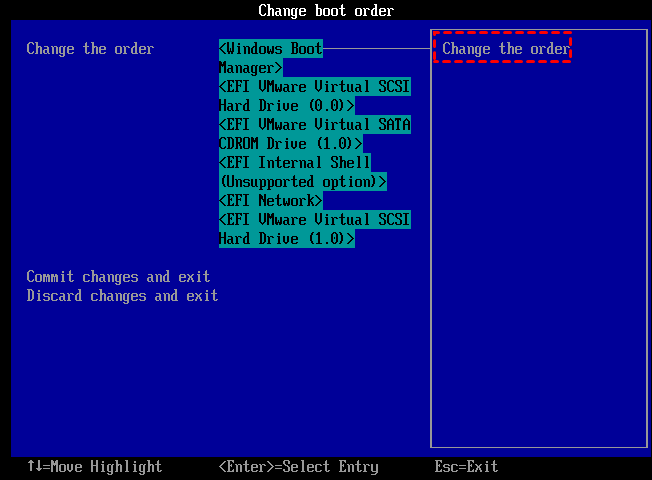
Conclusion
This guide taught us how to repair Windows 10 from a USB drive. We discussed the importance of having a Windows 10 repair boot USB and provided step-by-step instructions for creating one. We also explored the process of booting from the USB and selecting the suitable tool to repair Windows 10.
The best solution depends on the specific issue you're facing. Startup Repair is useful for fixing startup-related problems, Command Prompt provides manual control for troubleshooting, and System Restore is effective for reverting to a previous working state. Following this guide's instructions, you can effectively repair your Windows 10 system from a USB drive and restore your computer's performance.
FAQs About Repair Windows 10 From USB
If you have further questions about repairing Windows 10 from a USB drive, we have gathered a list of frequently asked questions (FAQs) to provide more information. Read on to find answers to common queries.
1. How to repair Windows 10 from the command prompt?
To repair Windows 10 from the command prompt, you can use various commands to troubleshoot and fix issues manually. SFC (System File Checker) is a command-line utility that scans for and repairs Windows's corrupted or missing system files. It helps fix startup problems and other computer issues. To use SFC to repair Windows 10/11, follow these steps:
Step 1. Open the Command Prompt as an administrator.
Step 2. Type "sfc /scannow" and press Enter.
If SFC fails to fix the problem, it might be due to a broken Windows image. In that case, you can try an alternative solution.
2. How to repair install Windows 10 with ISO file?
If you want to repair install Windows 10 using an ISO file, follow these steps:
Step 1. Create a bootable USB or DVD from the Windows 10 ISO file.
Step 2. Boot your computer from the USB or DVD.
Step 3. Select "Install Now" and choose the "Upgrade" option.
Step 4. Track the on-screen instructions to finish the installation.
3. Why unable to repair Windows 10 from USB?
You might be unable to repair Windows 10 from a USB drive for several reasons. Here are a few possibilities:
- The USB drive is not properly created or formatted as a bootable device.
- The USB drive is not recognized or detected by your computer during the boot process.
- The Windows 10 installation files on the USB drive are corrupt or incomplete.
- Your computer's BIOS settings are not configured correctly to boot from a USB device.
Related Articles
- Move Unallocated Space on Windows Server[Full Steps]
- Top 5 SD Card Formatter Free Download | Format SD Card on Windows 11/10/8/7
- [Fixed] Seagate External Hard Drive Slow on Windows 11/10